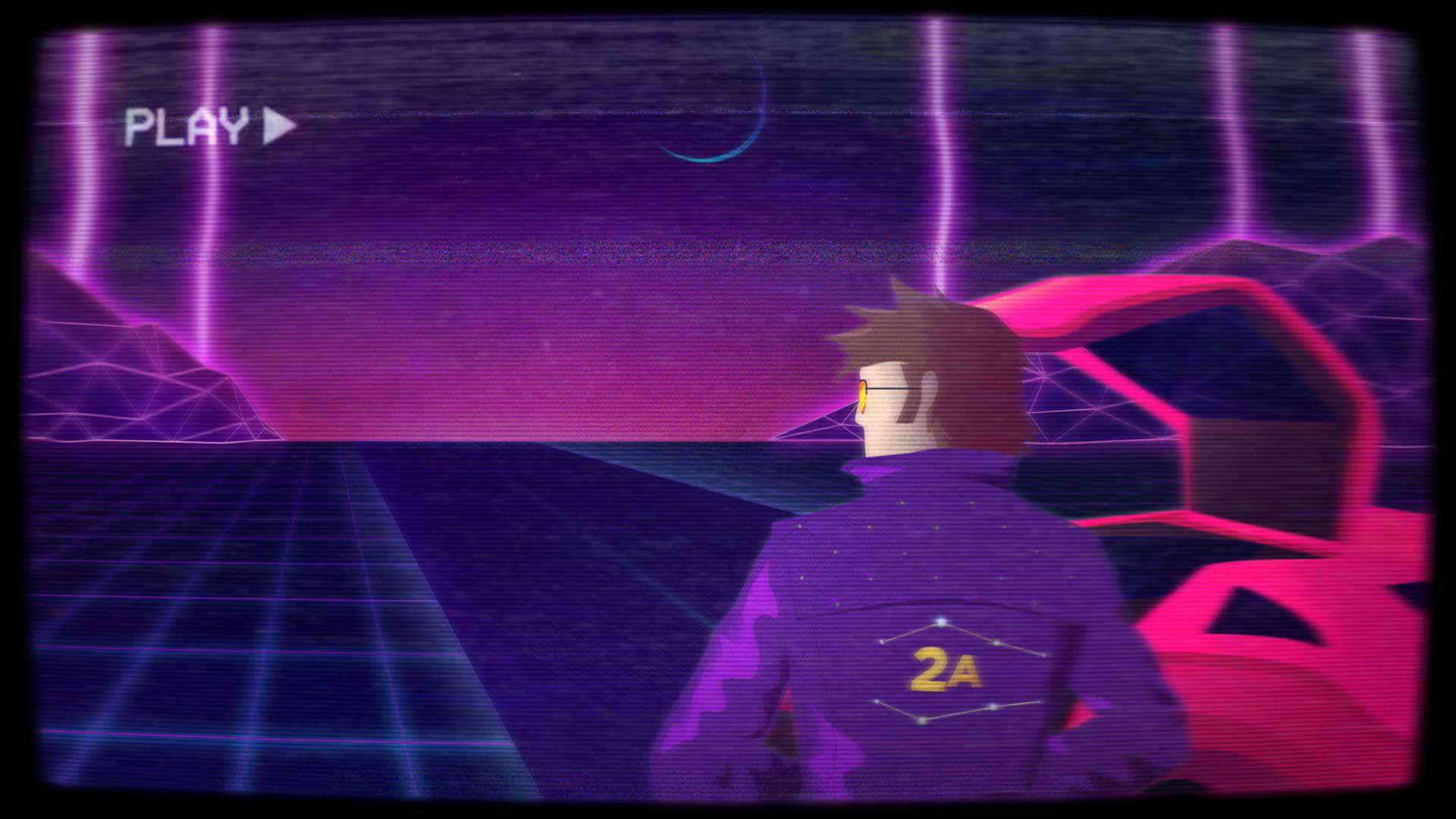
A few weeks ago, I went to see The Midnight perform at Neumos. I discovered their music fairly recently, but they’ve swiftly become one of my favorite bands for how their melodies and vocals carry such a strong feeling of emotion, longing, and ennui. As saxophone solos wafted over a crowd illuminated in beams of neon light, I could hardly imagine a better visualization of the burgeoning synthwave movement.
Synthwave, also called retrowave or outrun, is an artistic movement that’s been gaining a lot of steam over the past several years. Inspired mainly by imagery and music from the 80s, synthwave combines visuals like neon lighting, airbrushed chrome, computer grids, and midnight cityscapes with synthesizer-heavy music reminiscent of new-wave pop music and sci-fi movie soundtracks. The genre explores a wide variety of themes, from retrofuturistic optimism to dystopian fears of mechanized oppression. Many artists explore the limits of 80s media, intentionally adding VHS noise to digital video or releasing their music on vinyl.
And yet, for something apparently steeped in nostalgia, synthwave isn’t an accurate representation of what the 80s were really like. Movies looked at as progenitors of the movement—such as Blade Runner, TRON, or films by John Carpenter—were minor successes at best or box-office failures at worst. Synthesizer film scores by Tangerine Dream and Ennio Morricone garnered Razzie nominations rather than Oscar nods. Even the famous DeLorean DMC-12 seen in Back to the Future drove poorly and sold worse. Though synthwave visuals may resemble tech support posters or a Corvette ad, by and large the media of the 80s bore only a minor resemblance to this new aesthetic. Going beyond regular rose-tinted glasses, synthwave is nostalgia for a time that never existed.
This fascinating development—faux-nostalgia taken in a new and modern direction—speaks to me as a designer. A truly successful design should connect with its audience, and synthwave has achieved this. Straightforward 80s nostalgia has become a huge marketing trend in recent years, from Voltron selling Hondas to the Stranger Things kids suiting up as Ghostbusters, but synthwave goes beyond simply parroting what was popular 30 years ago. Instead, the movement uses a smaller-scale evocation of certain nostalgic elements rather than a full-on resurrection.
In an age where you can instantly stream a classic album or pull up clips from a favorite movie, synthwave stands out by sampling the mood and aesthetics of the past and then taking it in a new direction. Pressing beyond hollowly echoing nostalgia, synthwave finds a unique way to create emotionally resonant works.

